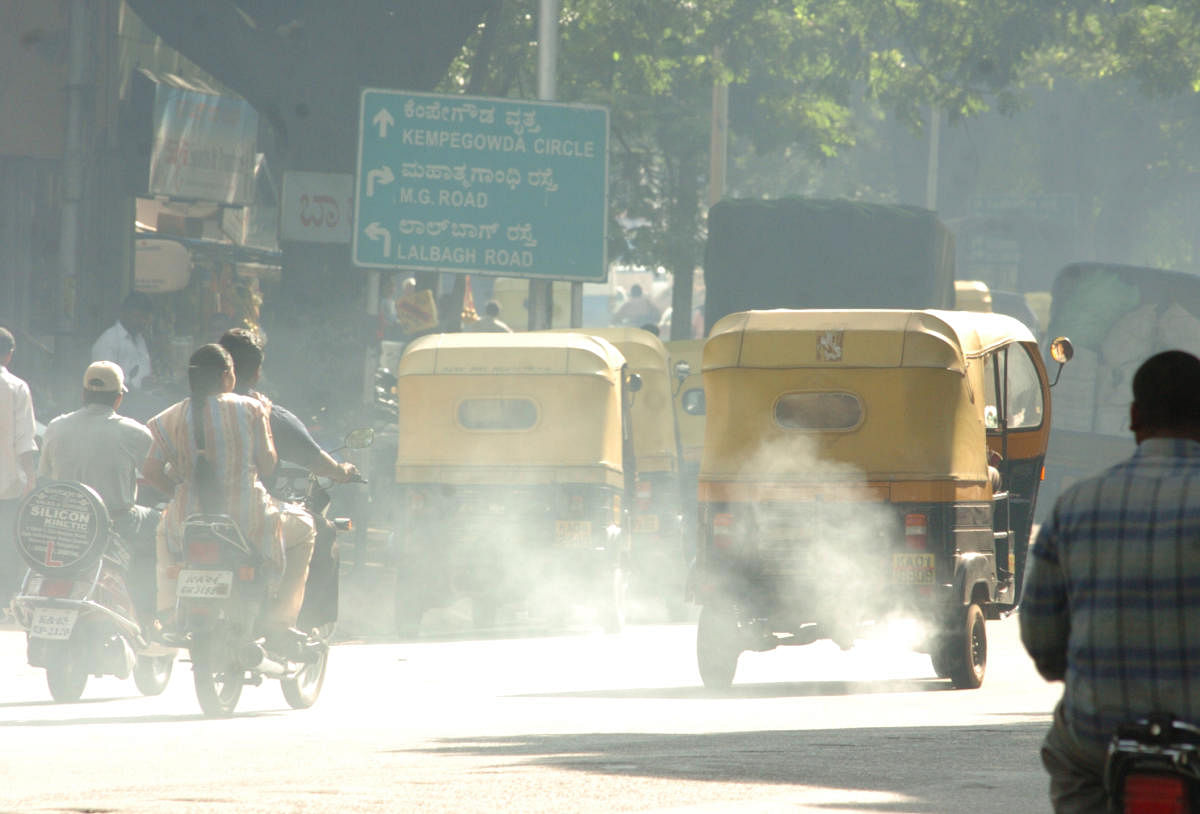The Bruhat Bengaluru Mahanagara Palike (BBMP) recently decided to install 500 outdoor air purifiers at various junctions across the city, to deal with the deteriorating air quality. This was after the apparent success of the first unit installed at Hudson Circle earlier this year. While this has received plenty of attention in the media, there is a need for a more evidence-based approach to solving the air pollution problem.
Whether outdoor air purifiers are effective at all and if so to what extent, has not been corroborated by any scientific evidence. Bengaluru must ensure that the limited resources are used wisely and effectively to tackle the air quality problem, rather than being spent on gimmicky experiments that have been widely debunked. Outdoor air purifiers are an ineffective and lazy reaction to a very serious and complex issue.
Advocates of outdoor air purifiers have been drawing comparisons to China. However, China has taken many comprehensive measures to address its air crisis, not just outdoor air purifiers. Outdoor air purifiers have been set up only on an experimental basis in two cities. We have cherry-picked the easiest but the most ineffective of the lot.
Air purifiers are essentially glorified vacuum cleaners — they suck the air in along with the pollutants, and keep them inside. This may work in a closed space, like a closed room, or in a hall if there is a very large air purifier, but it won’t work outdoors. This is like using an air conditioner in an open space.
Expensive solution
A study by Urban Emissions in 2015 found the total emissions in Bengaluru to be 21,300 tonnes, i.e. 2,13,00,000 kg. The BBMP had said that one air purifier can collect about 2.5 kg of dust in 20 days, which amounts to 45.6 kg in a year.
This turned out to be an overestimate, with the purifier at Hudson Circle actually collecting an average of 1 kg of dust in a month. But even with the estimation of 2.5 kg, to actually clean up all of the city’s dust, we would need 4,67,105 air purifiers, which, based on Sarath Guttikunda’s methodology for Delhi, would cost us Rs 1,16,77,63,15,790!
The good news is that the air pollution crisis in Bengaluru is finally getting the attention it deserves. The BBMP acknowledging that the problem is serious enough for it to intervene is a big first step. The focus on hotspots (like traffic junctions) where exposure faced by citizens is at extremely dangerous levels is also a step forward from the earlier discourse which concentrated on ambient air quality levels.
The problem lies in the manner in which the BBMP is approaching the issue. This reflects the governance challenge in tackling air pollution. There has been no thought given to actually understanding the causes of air pollution in Bengaluru and prioritising solutions.
Bengaluru is a part of multiple international networks of cities. It could learn from cities like London and Shenzhen on how to create low emission zones. Better public transport, shared cabs and car-pooling and ensuring encroachment-free safe footpaths for pedestrians and cyclists to reduce vehicles on the road are some measures.
Fast-tracking the deployment of mechanised sweepers in hotspots, which reduce re-suspension of dust by vehicles, can address road dust. Cleaning of major roads and intersections is completely absent in Bengaluru. Cracking down on garbage and leaf burning is essential. Sand from construction activities has been found to form a large portion of road dust in the city, and the BBMP has failed to enforce regulation on transport, storage on-site and disposal of construction material.
As an immediate mitigation measure, the BBMP must ensure that subsidised air pollution masks are available at the 121 primary health centres in the city, so that the most vulnerable like the pourakarmikas, traffic police, bus drivers and conductors can buy these at affordable prices.
